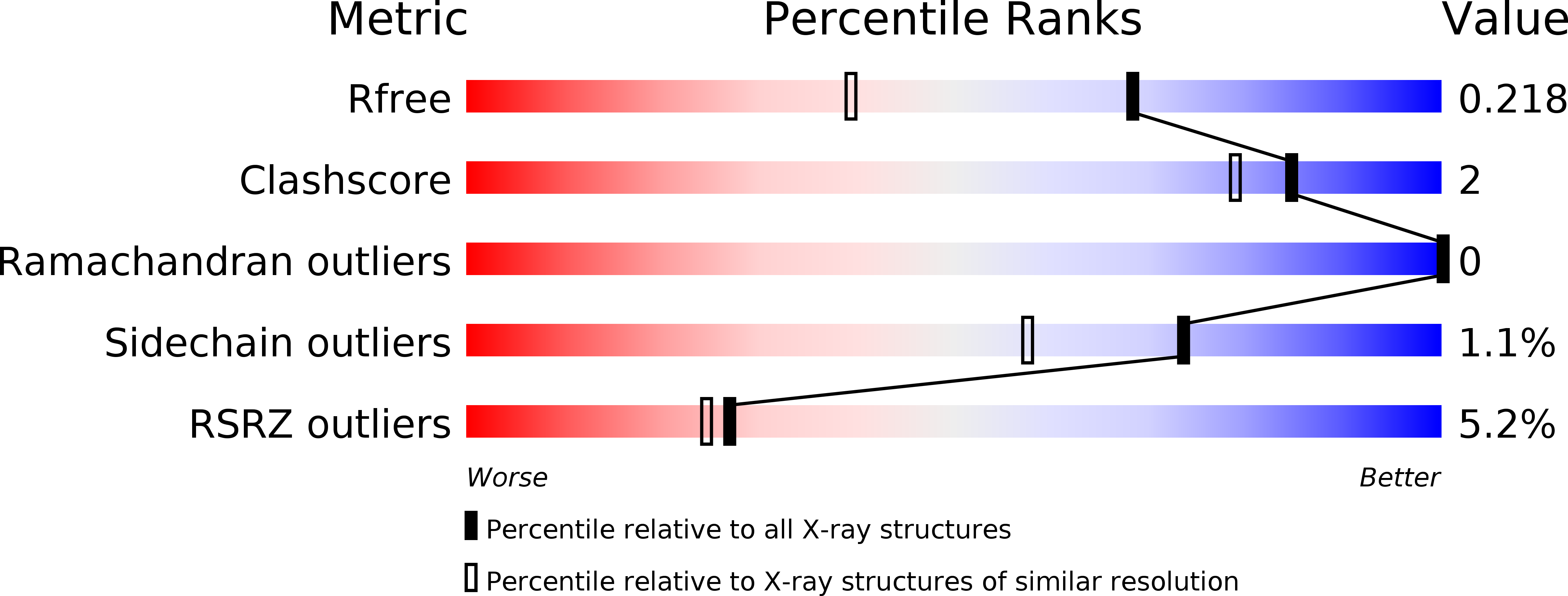
Deposition Date
2017-02-14
Release Date
2018-02-14
Last Version Date
2024-01-17
Entry Detail
PDB ID:
5N5U
Keywords:
Title:
Structure of p-boronophenylalanyl tRNA synthetase in complex with p-boronophenylalanine and adenosine monophosphate
Biological Source:
Source Organism:
Host Organism:
Method Details:
Experimental Method:
Resolution:
1.60 Å
R-Value Free:
0.21
R-Value Work:
0.17
R-Value Observed:
0.17
Space Group:
P 1 2 1


